Have you ever wondered what would happen if you were to dig a hole straight through the Earth and come out on the other side? This idea may seem like something out of a science fiction movie, but it has been a topic of fascination for many years.
The Possibility of Drilling Through the Earth
The thought of drilling through the Earth may sound exciting and adventurous, but the reality is far more complicated.
The Earth's diameter is approximately 12,742 kilometers (7,917 miles), and its inner core is composed of solid iron and nickel.
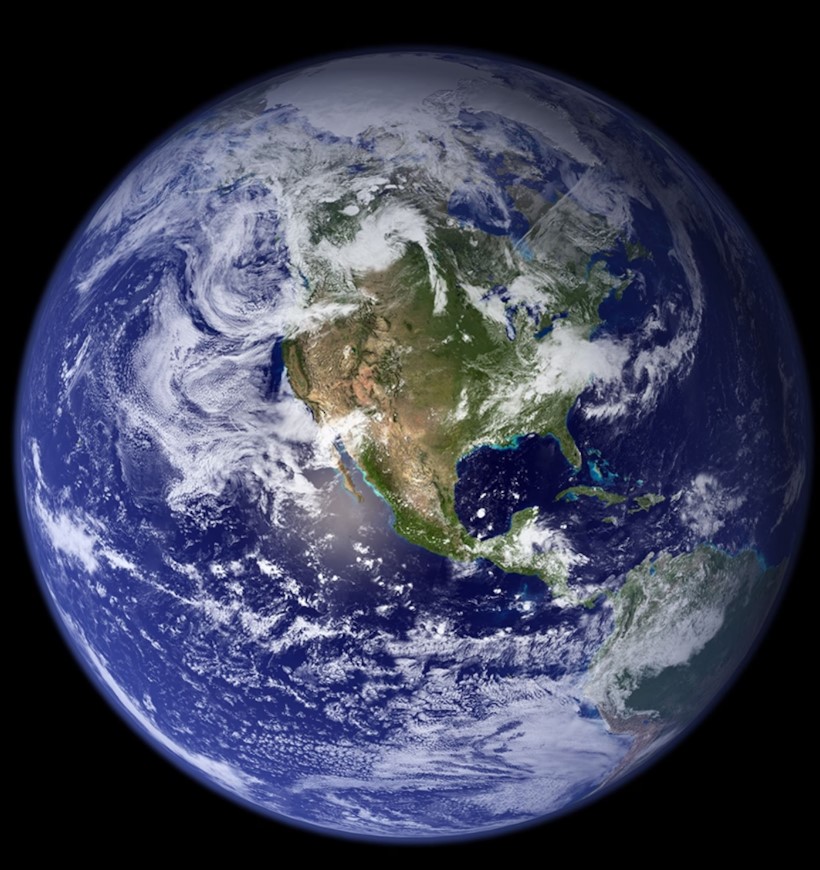
This means that any attempt to drill through the Earth would involve digging through extremely dense and hot materials.
One of the main challenges in drilling through the Earth is the intense heat and pressure that increases with depth.
As we go deeper into the Earth, the temperature rises significantly, reaching up to 6,000 degrees Celsius (10,832 degrees Fahrenheit) at the core. This extreme heat can melt most drilling equipment and make it impossible to continue drilling further.
Another major obstacle is the immense pressure that exists deep within the Earth.
At the core, the pressure is estimated to be around 3.6 million times greater than the pressure at the Earth's surface. This amount of pressure can easily crush any drilling equipment, making it difficult to reach the other side.
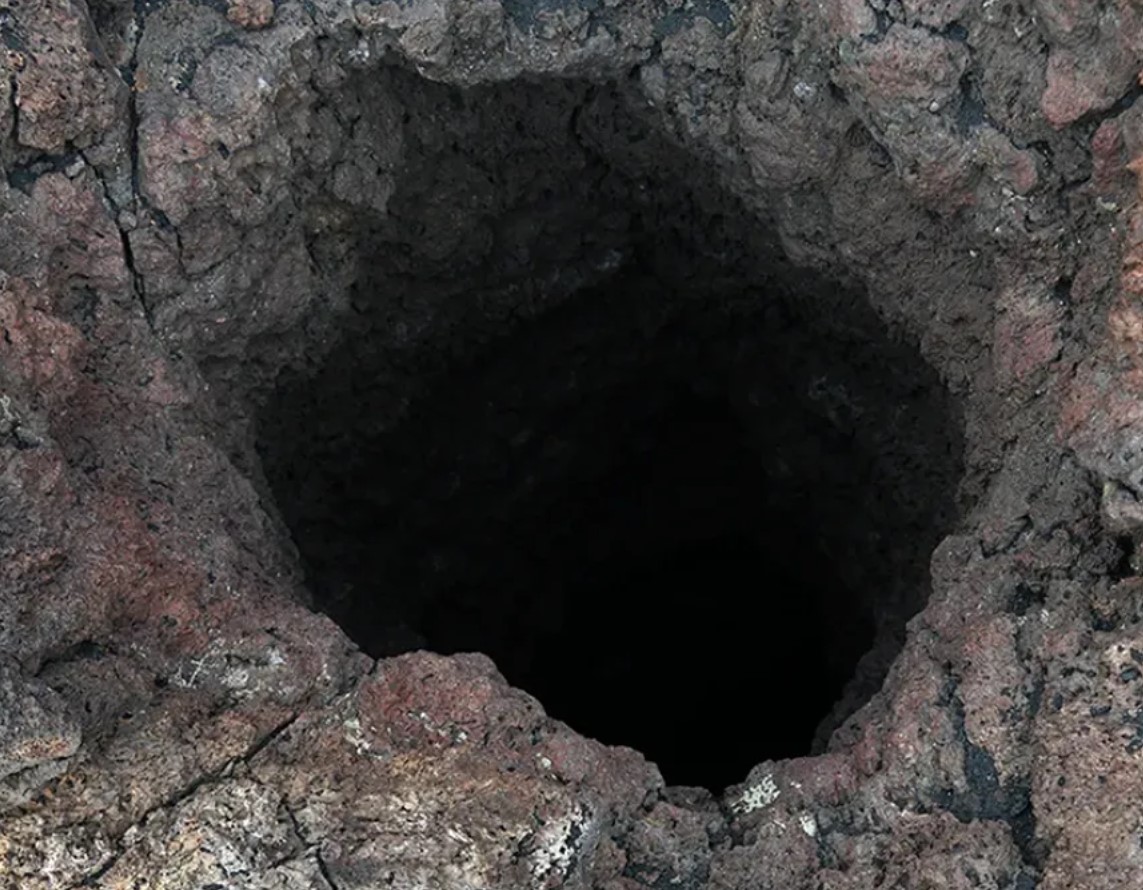
Exploring the Feasibility of Drilling a Hole Through the Earth
In 2015, a popular interactive map called "Antipodes Map" gained attention for showing where you would end up if you were to dig a hole straight through the Earth.
The map was based on the assumption that the Earth is a perfect sphere with a uniform density, and it showed that most people would end up in an ocean on the other side.
However, this map was purely for entertainment purposes and did not take into account the challenges and limitations of drilling through the Earth.
In reality, it is not feasible to drill a hole through the Earth due to the reasons mentioned above.
In recent years, China has made headlines for its attempt to dig a 10,000-meter (32,808-foot) deep hole into the Earth.
This project, known as the "Chinese Continental Scientific Drilling Project," aims to reach rocks from the Cretaceous Period, which dates back up to 145 million years. The team hopes to study these ancient rocks to gain a better understanding of the Earth's history and evolution.
While this is an impressive feat, the Chinese project will not be the deepest human-made hole on Earth. That title goes to the Kola Superdeep Borehole, located on the Kola Peninsula in northwestern Russia.
Challenges and Limitations of Drilling Through the Earth
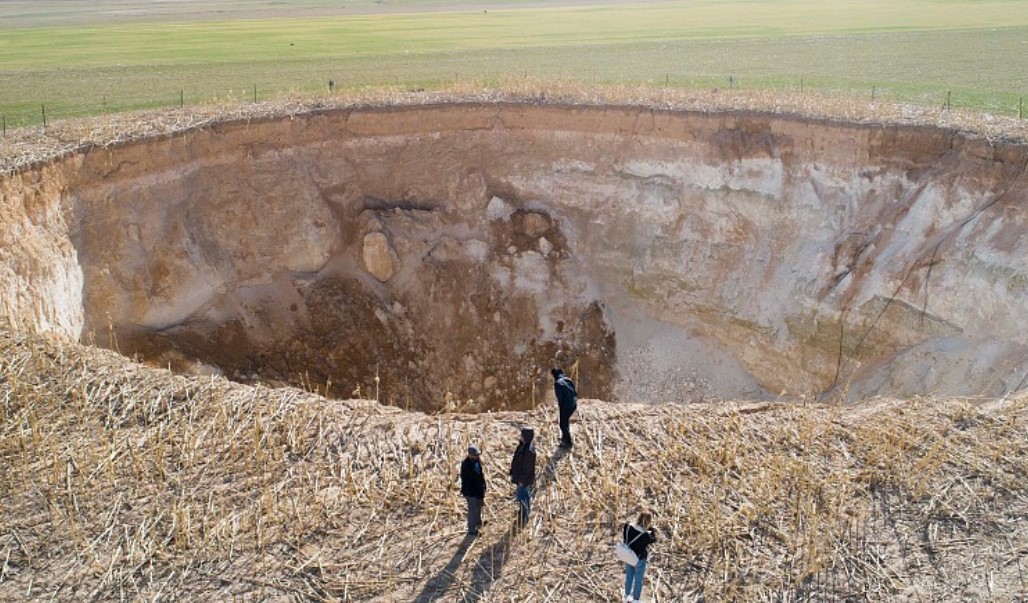
The Kola Superdeep Borehole project began in 1970 and lasted until 1994, reaching a depth of 12,263 meters (40,230 feet). However, the project had to be abandoned due to technical difficulties and lack of funding after the collapse of the Soviet Union.
One of the major challenges faced by the team was unexpected water seepage at depths of around 7,000 meters (23,000 feet).
This was a significant discovery as scientists had previously believed that water could not permeate through such deep layers of rock.
This finding has since been confirmed by other deep drilling projects, indicating that the Earth's interior may contain more water than previously thought.
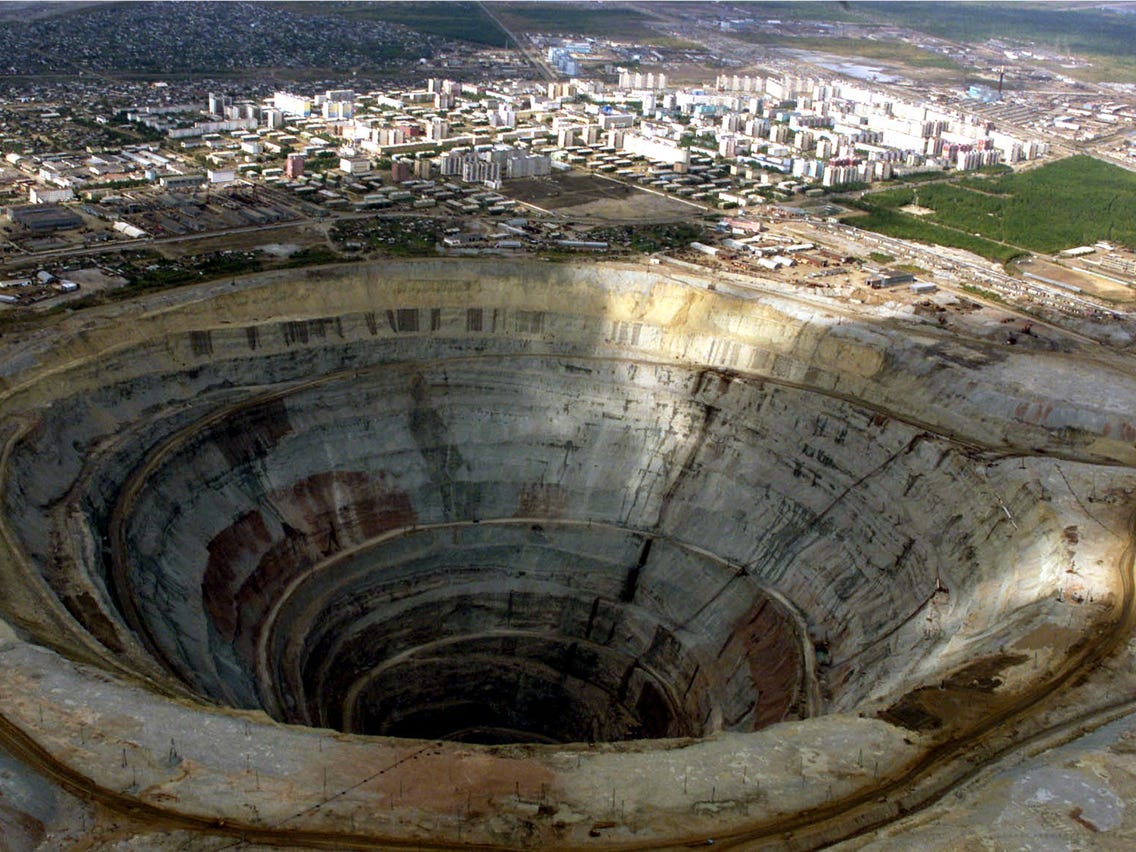
Another limitation of drilling through the Earth is the cost involved. The Kola Superdeep Borehole project cost over $200 million, and the Chinese project is estimated to cost around $150 million.
Furthermore, the Earth's rotation would also affect the drilling process. As we move closer to the core, the Earth's rotation speed increases, and at the core, it would be approximately 1,000 miles per hour.
This rapid rotation would cause the drilling equipment to spin uncontrollably.
Potential Benefits and Risks of Drilling Through the Earth
If it were possible to drill a hole through the Earth, it could potentially have many benefits. For instance, we could gain a better understanding of the Earth's interior and its geological processes.
We could also study ancient rocks and fossils that are buried deep within the Earth, providing us with valuable information about our planet's history.
Moreover, drilling through the Earth could also open up new possibilities for energy production.
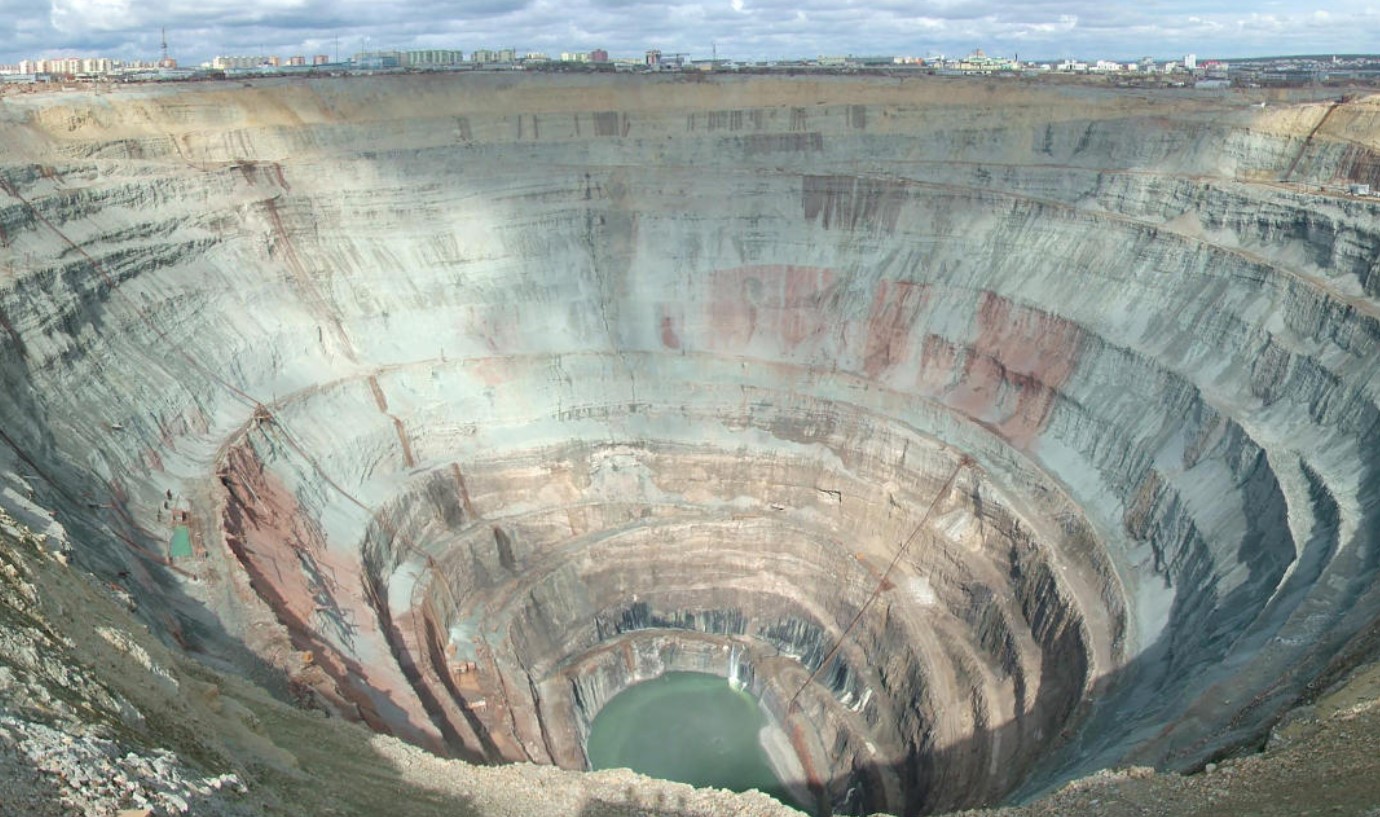
The Earth's core is believed to contain vast amounts of heat, and tapping into this geothermal energy could provide a sustainable source of power.
However, drilling through the Earth also poses significant risks.
The intense heat and pressure at the core could cause catastrophic events such as volcanic eruptions or earthquakes. It could also disrupt the Earth's magnetic field, which protects us from harmful solar radiation.
Any disturbance to this field could have severe consequences for life on Earth.






